Have you ever wondered why some days are sunny and others are rainy? Or why some places are always warm while others are often cold? The answers lie in the concepts of weather and climate. While these two terms are often used interchangeably, they actually refer to different things. Let’s dive in and explore what weather and climate are, how they differ, and why understanding them is important.
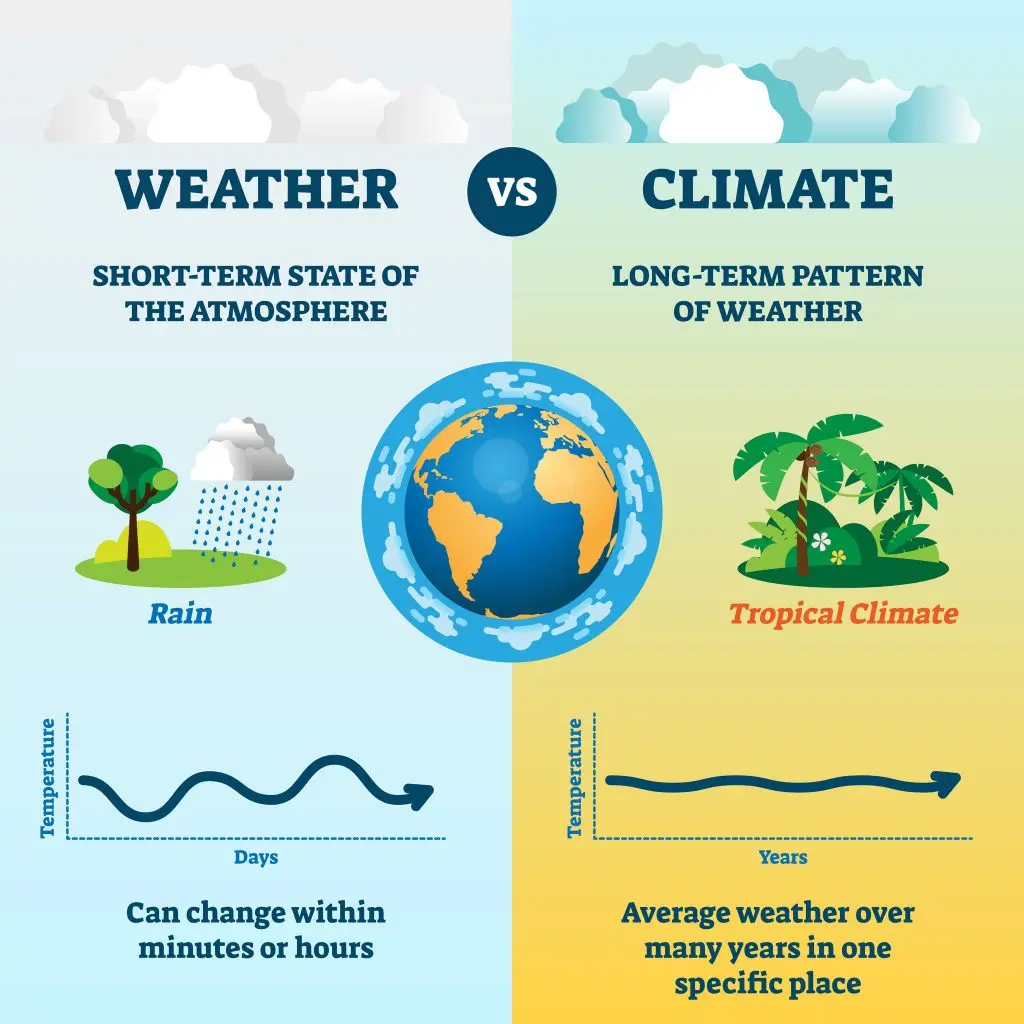
What is Weather?
Weather describes the short-term conditions of the atmosphere at a specific place and time. It includes things like temperature, humidity, precipitation (rain, snow, sleet, or hail), wind speed, and visibility. Weather can change from minute-to-minute, hour-to-hour, and day-to-day.

Imagine you wake up one morning and see the sky is filled with dark clouds. By noon, it starts raining, and by the evening, the sky is clear again with a beautiful sunset. This day-to-day change is what we call weather. Meteorologists, the scientists who study weather, use tools like thermometers, barometers, and anemometers to measure different aspects of the weather.
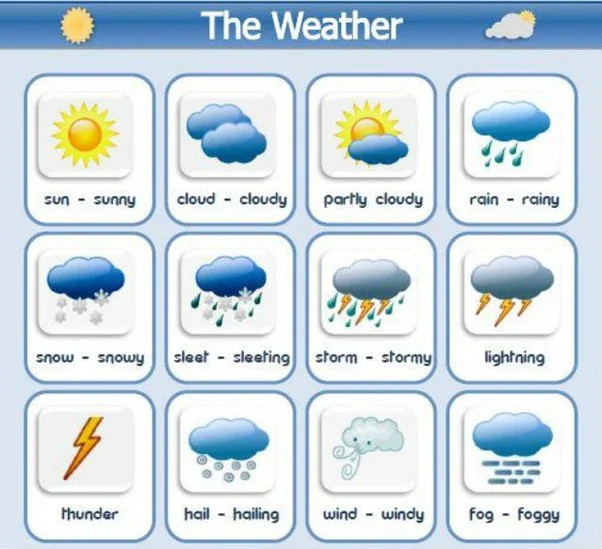
Here are some key elements of weather:
- Temperature: How hot or cold the air is.
- Humidity: The amount of moisture in the air.
- Precipitation: Any form of water that falls from the sky, like rain or snow.
- Wind: The movement of air from high-pressure areas to low-pressure areas.
- Visibility: How clearly we can see things at a distance, which can be affected by fog or heavy rain.
What is Climate?
Climate, on the other hand, refers to the long-term average of weather patterns in a particular area over a significant period, usually 30 years or more. It gives us an idea of what the weather is typically like in a certain place and helps us understand seasonal patterns and variations.
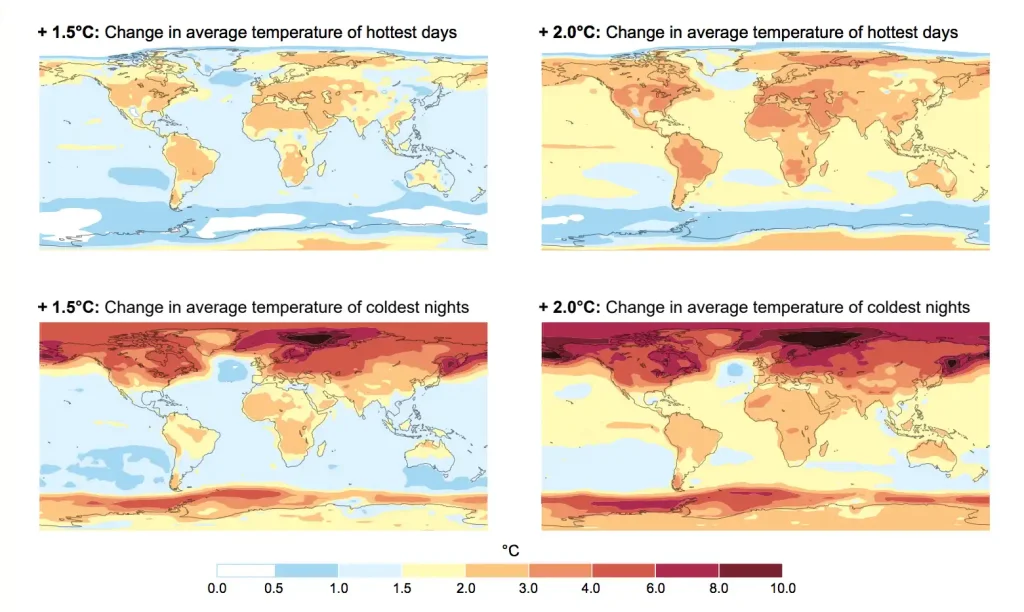
For example, you might know that winters in Siberia are extremely cold and summers in the Sahara Desert are incredibly hot. This is because the climate of these regions has been observed and recorded over many years. Climatologists, the scientists who study climate, analyze data from weather stations, satellites, and other sources to understand climate patterns and trends.
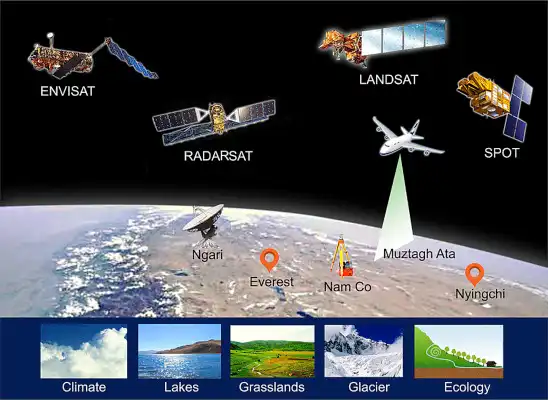
Here are some key elements of climate:
- Average Temperature: The typical temperature range over a long period.
- Average Precipitation: The usual amount of rainfall or snowfall over many years.
- Seasonal Patterns: Regular changes in weather that occur at certain times of the year.
- Climate Zones: Regions with similar climate characteristics, such as tropical, temperate, and polar zones.
Comparing Weather and Climate
To better understand the difference between weather and climate, let’s compare them:
| Aspect | Weather | Climate |
| Time Frame | Short-term (minutes to days) | Long-term (decades to centuries) |
| Scope | Specific place and time | General patterns over a large area |
| Examples | Today’s temperature, yesterday’s rain | Average yearly temperature, typical seasonal rainfall |
| Measurement Tools | Thermometers, barometers, anemometers | Climate models, historical weather data |
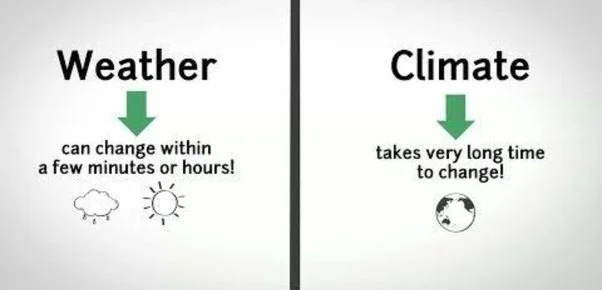
One way to think about it is: “Climate is what you expect, weather is what you get.” If you expect it to be cold in December based on years of observation, that’s climate. If it’s unusually warm on a particular December day, that’s weather.
Why is Understanding Weather and Climate Important?
Knowing the difference between weather and climate is crucial for several reasons:
- Planning and Preparation: Understanding weather helps us decide what to wear each day or whether to carry an umbrella. Understanding climate helps us prepare for seasonal changes, like planting crops at the right time or knowing the best times to travel.

- Safety: Weather forecasts can warn us about severe weather conditions like hurricanes, tornadoes, and thunderstorms, allowing us to take precautions to stay safe.
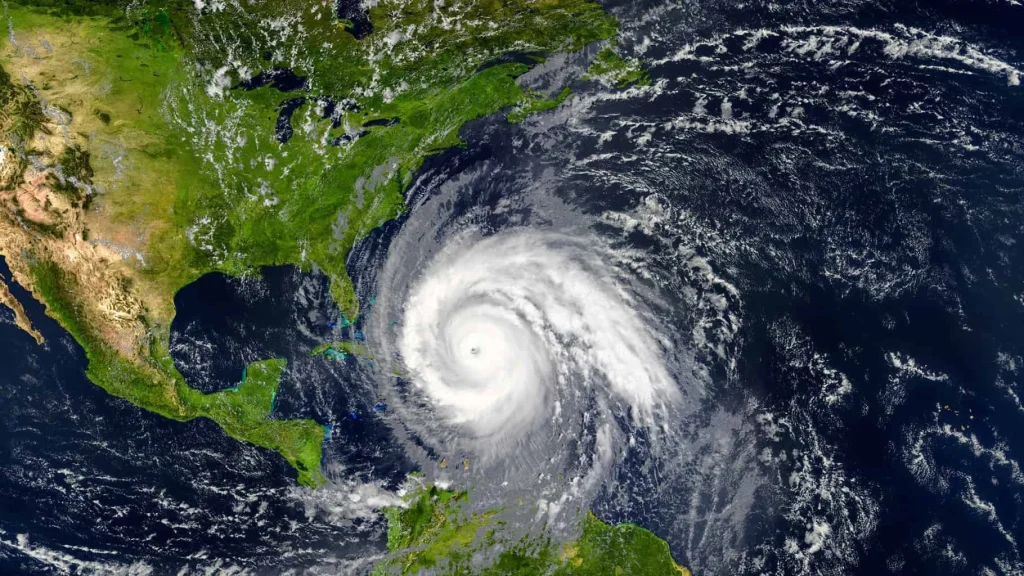
- Environmental Awareness: Knowing about climate helps us understand larger environmental issues, such as global warming and climate change. These long-term changes in climate patterns can have significant impacts on our planet, affecting everything from sea levels to wildlife habitats.
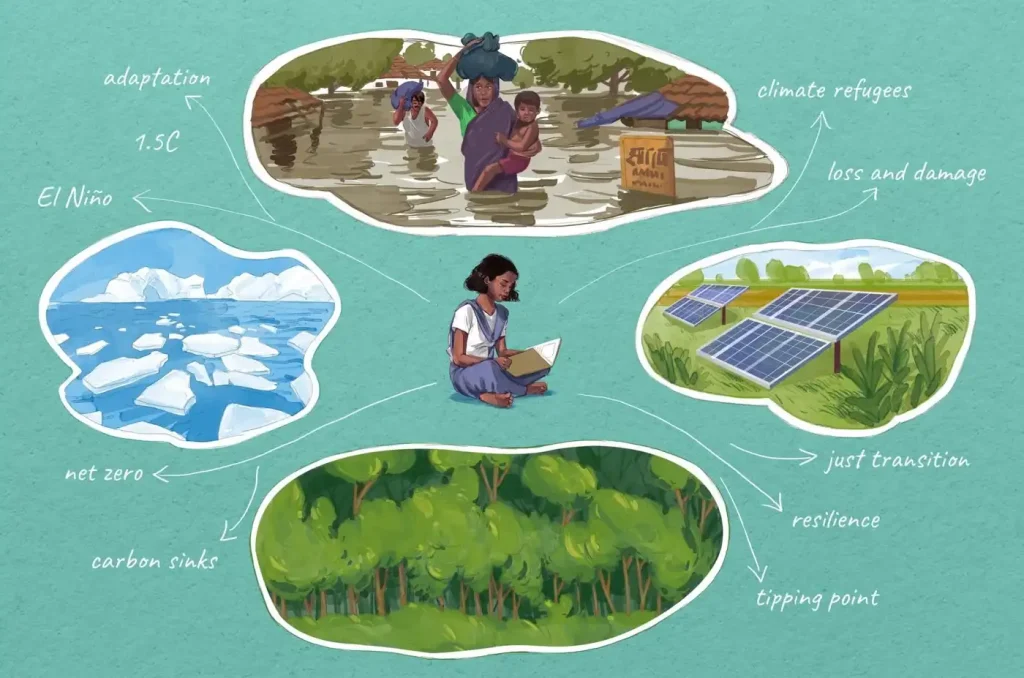
- Economic Impact: Weather and climate can influence industries like agriculture, tourism, and energy. Farmers rely on climate data to grow crops, while tourism depends on favorable weather conditions.
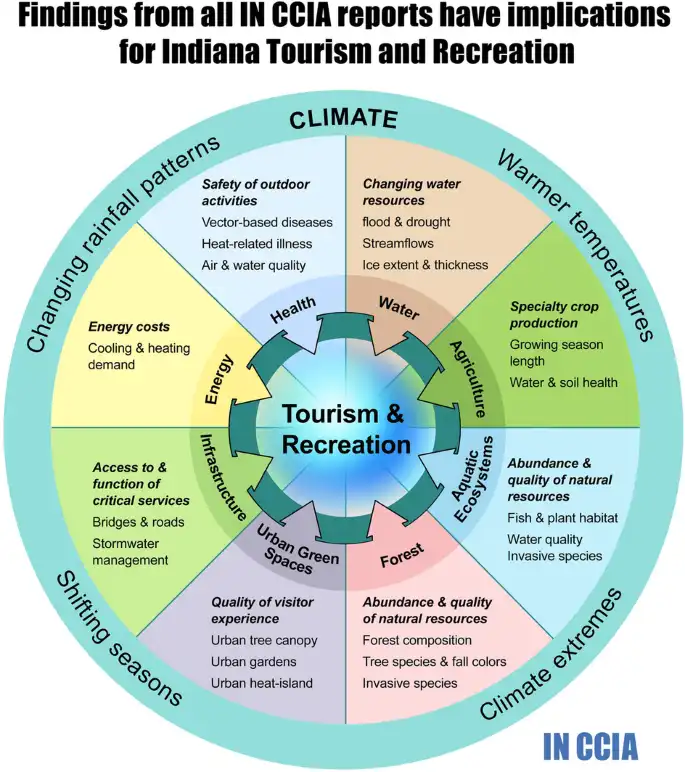
Fun Facts About Weather and Climate
- The Hottest Place on Earth: Death Valley in California holds the record for the highest air temperature ever recorded on Earth, reaching 56.7°C (134°F) on July 10, 1913.

- The Coldest Place on Earth: The coldest temperature ever recorded on Earth was -89.2°C (-128.6°F) at Vostok Station in Antarctica on July 21, 1983.
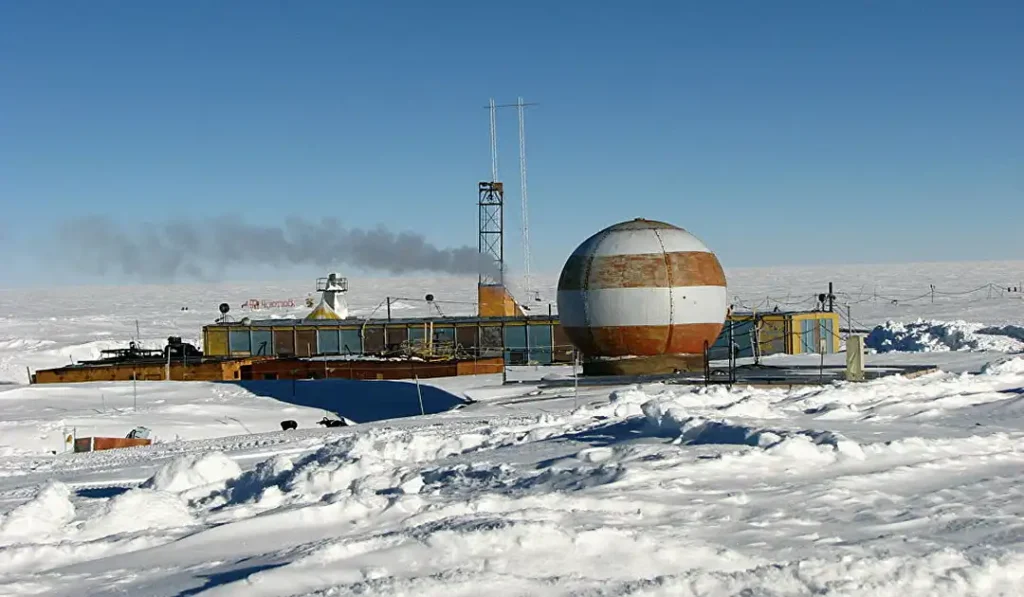
- Rainiest Place on Earth: Mawsynram, a village in India, is known to receive the highest average annual rainfall, with about 467 inches of rain each year.

- Driest Place on Earth: The Atacama Desert in Chile is one of the driest places on Earth, with some areas receiving less than 1 millimetre (0.04 inches) of rain per year.

How Do We Study Weather and Climate?
Scientists use a variety of methods and tools to study weather and climate:
- Weather Stations: These are equipped with instruments to measure temperature, humidity, wind speed, and other weather elements.
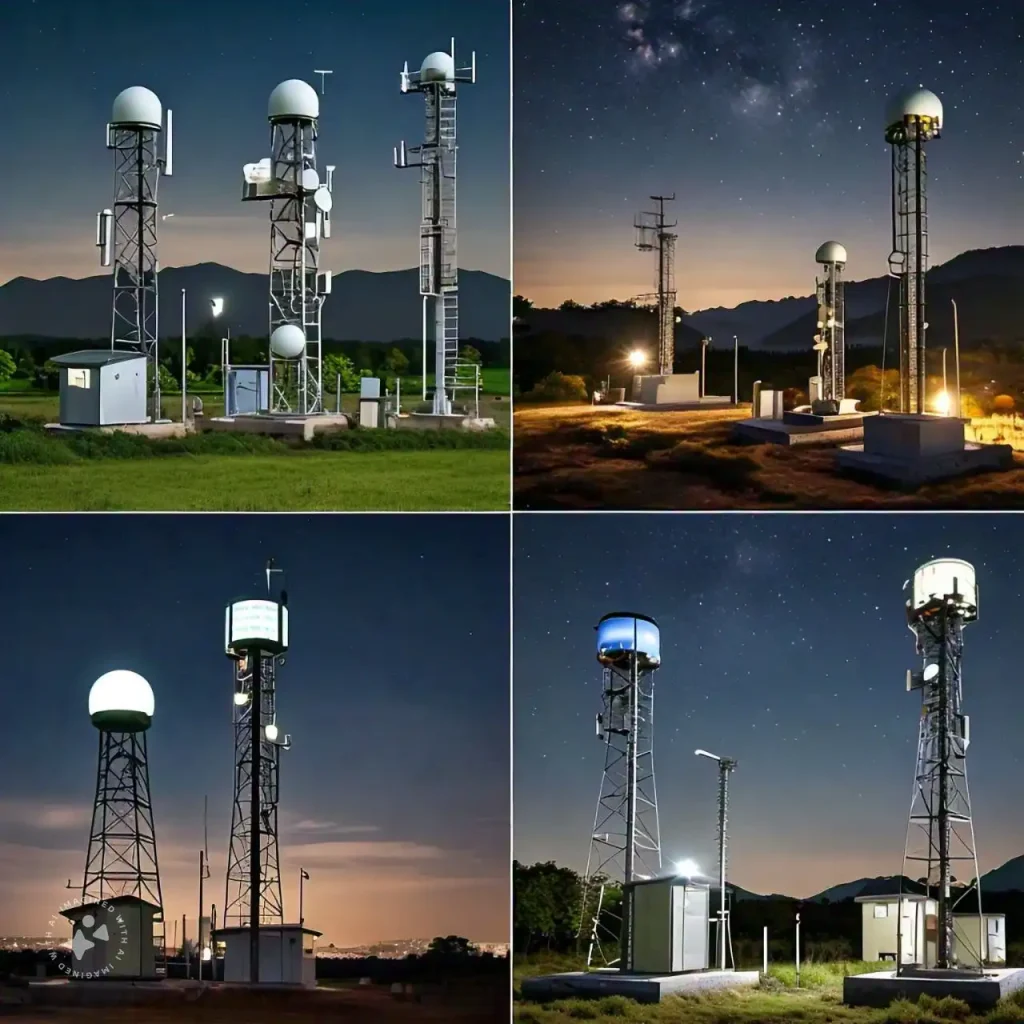
- Satellites: These orbit the Earth, providing images and data about weather patterns and climate changes.

- Doppler Radar: This technology helps meteorologists track storms and precipitation.

- Climate Models: These are complex computer programs that simulate Earth’s climate system, helping scientists predict future climate changes.
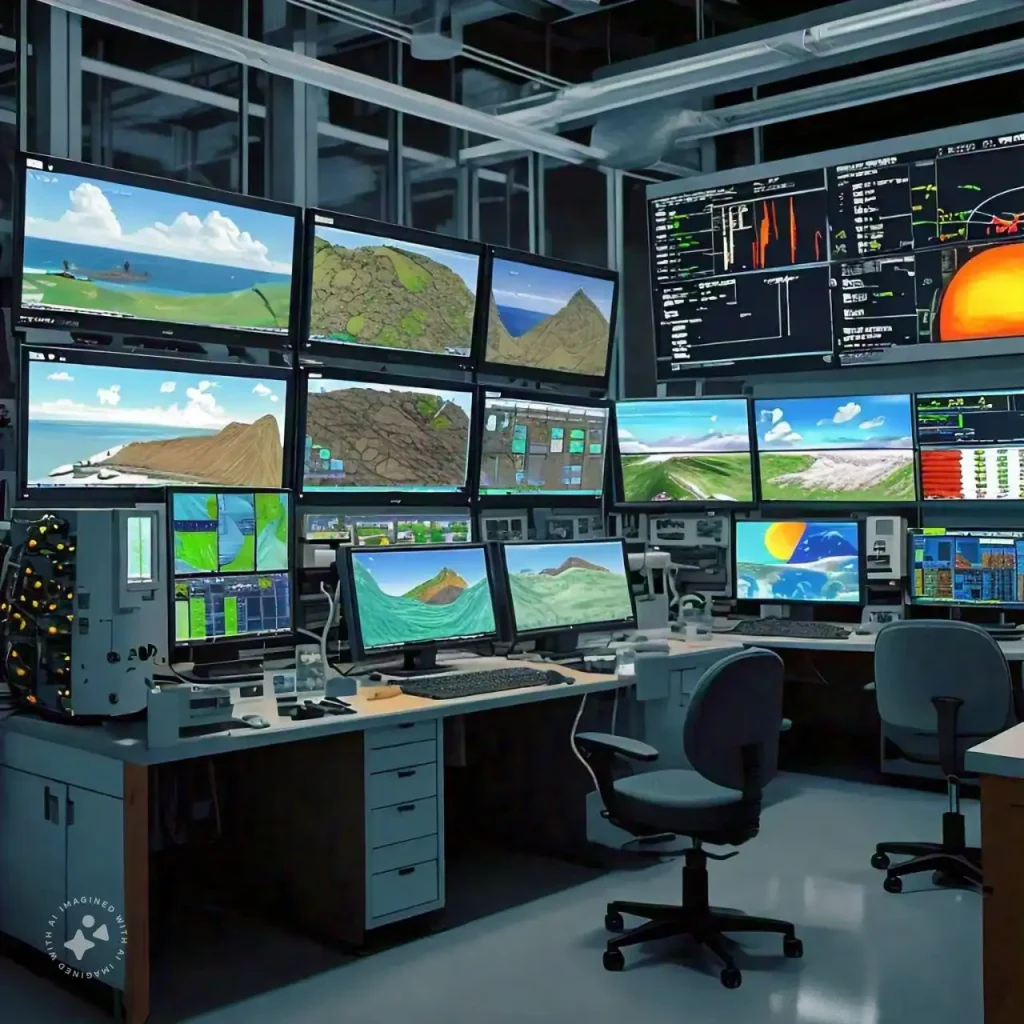
Climate Change: A Global Concern
Climate change refers to significant changes in global temperatures and weather patterns over time. While climate change is a natural phenomenon, recent decades have seen unprecedented changes due to human activities, such as burning fossil fuels, deforestation, and industrial processes. These activities increase the concentration of greenhouse gases in the atmosphere, leading to global warming and other climate-related issues.

Understanding the difference between weather and climate helps us grasp the concept of climate change better. While a single hot day doesn’t indicate climate change, an increase in the frequency and intensity of heatwaves over decades does.

What Can We Do to Help?
Everyone can play a part in addressing climate change. Here are a few simple actions you can take:
- Reduce, Reuse, Recycle: Minimising waste helps reduce the amount of greenhouse gases released into the atmosphere.
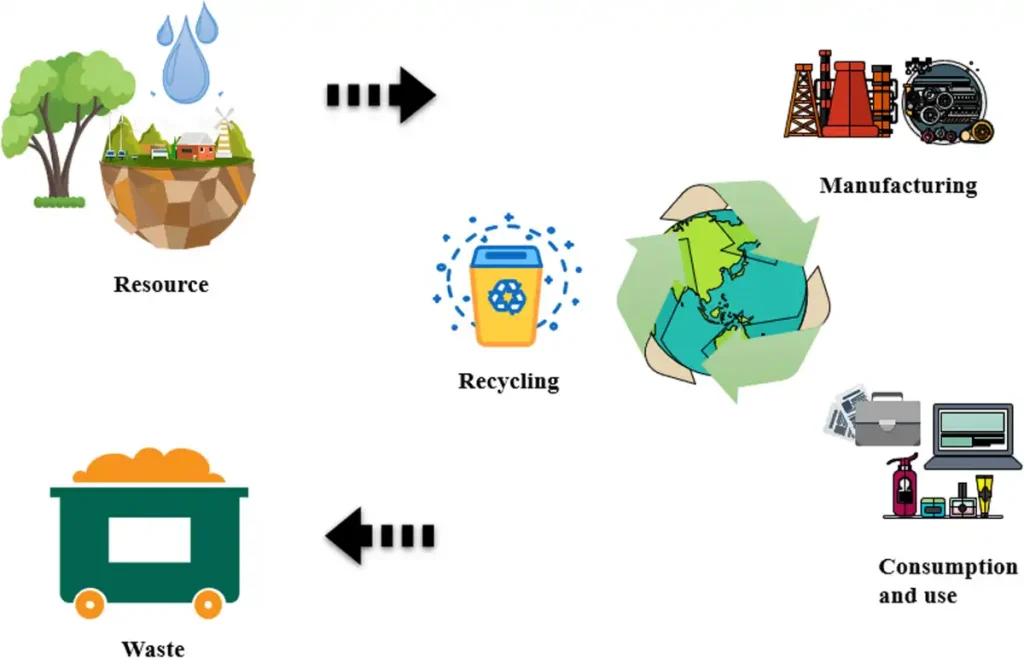
- Save Energy: Turning off lights when not needed, using energy-efficient appliances, and reducing car usage can lower carbon emissions.

- Plant Trees: Trees absorb carbon dioxide, one of the main greenhouse gases, and help clean the air.

- Stay Informed: Educate yourself and others about climate change and support policies that protect the environment.
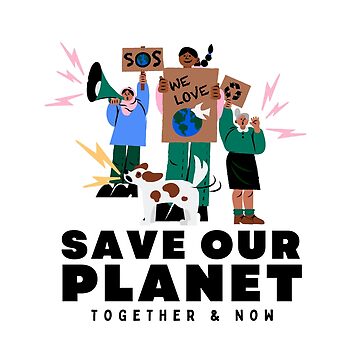
Understanding weather and climate is not just about knowing the forecast or historical data. It’s about recognising our planet’s delicate balance and our role in maintaining it. By learning more and taking action, we can help ensure a healthier and more sustainable world for future generations.
Conclusion
Weather and climate are two fundamental aspects of our planet’s atmosphere. Weather refers to short-term changes in atmospheric conditions, while climate represents long-term patterns. Both are essential for understanding how our world works, planning our daily lives, and addressing global environmental challenges.
For more interesting articles, please visit www.kidzherald.com





